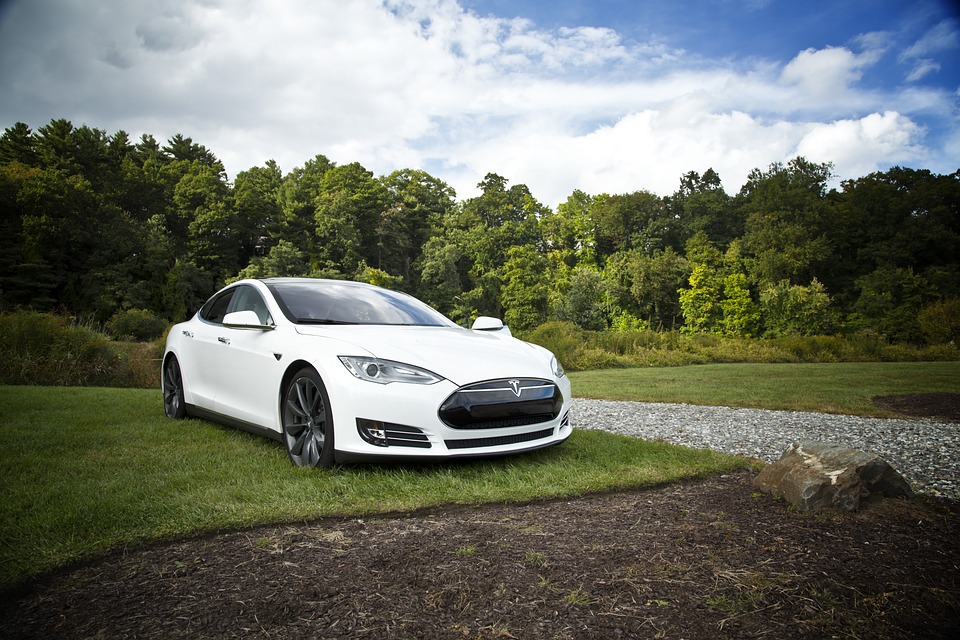Tesla is Developing a new Battery Recycling System and it Could Change a lot

Batteries are notoriously very difficult to recycle, containing chemicals which can sometimes be difficulty to extract. Tesla may have a solution. The company is introducing a new battery recycling system which is said to maximize the recovery of critical battery minerals, such as lithium and cobalt, in addition to the metals used in the battery cell itself which could include copper, aluminum, and steel.
Call this a proactive move by a company who is increasing production in electric cars. Tesla’s electric car sales are expected to accelerate in a big way within the coming decade and each of these cars will come with their own battery. No battery has an infinite life and so the current battery load for recycling, already problematic, is only going to increase and substantially so. Tesla’s not the only company to be chasing after a battery recycling system however they are unquestionably one of the best publicized.
The battery recycling market is expected to reach $23 billion/year by 2025 and Tesla’s electric vehicles are going to be a big part of that. As has always been the case in recycling, recycling works when there is a market for it. When there’s no money to be made from recycling materials and cost efficiencies go down, it’s less likely facilities will be built and companies will participate. Thankfully, the battery recycling market is about to get a good kick and with that, expect more facilities to be built using different battery recycling systems. The metals and minerals used, including lithium, are highly valuable and yet, so damaging to the environment. The more they can be recycled, the better.
Just to give a glimpse into battery recycling and disposal in Canada, there are regional programs established in communities like Toronto targeting battery recovery. Notwithstanding, batteries should always be properly disposed of in waste management, as they can leak acid and pose a hazard. Batteries tossed into household garbage oftentimes break apart and this contaminates everything it comes into contact with. That means more acids and hazards in our landfills, something we evidently don’t need. If the batteries don’t end up in landfills, that means contaminants such as nickel, cadmium, and lithium leaking into soils, groundwater, and streams, and sometimes ingested by wildlife.
Sadly, only 5 percent of batteries in Canada are properly recycled. That’s for many reasons. Approximately 28 percent of consumers throw their batteries direct into the trash, no questions asked. Studies have shown 81 percent of consumers say they would recycle their batteries if it’s more convenient. All in all, more than 745 million batteries are thrown away in Canada annually.
In Canada, we’re challenged because we don’t have the collection services for batteries nor facilities to properly dispose of them. There’s so much value to batteries as a waste product however we don’t have the means of extracting it which results in recycled materials turning to waste.
As they are non-biodegradable which means they do not break down in landfills, it’s extremely important Canada, the province of Ontario, and the City of Toronto come up with a better recycling system and one which include batteries. If we don’t create and implement our own localized systems, major corporations like Tesla just may swoop in and set up facilities to do so in their favour. Then, the value of our battery waste will end up being collected by a foreign company.


